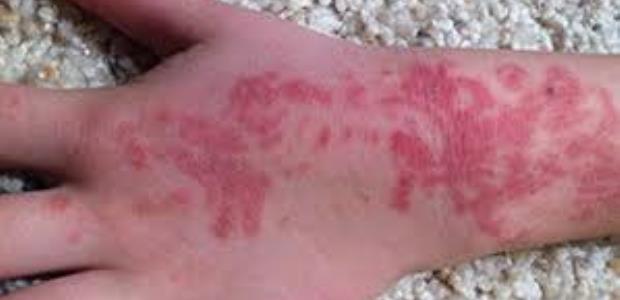
CPSC Revising 'Strong Sensitizer' Definition
The commission declined to implement the Globally Harmonized System of Classification and Labeling of Chemicals, GHS, to which OSHA's HazCom Standard has been harmonized.
The Federal Hazardous Substances Act’s definition of "hazardous substance" is "any substance or mixing of substances … that is a strong sensitizer," and the commission must find it has significant potential for causing hypersensitivity. FHSA requires caution labels on hazardous household products.
Among the hazards the law addresses are substances that are toxic, corrosive, flammable, combustible, or are strong sensitizers. Since 1961, the regulation listed five substances, including formaldehyde.
Since 1986, the U.S. Consumer Product Safety Commission has defined a "strong sensitizer" is a substance that causes an allergic response, meaning an irritant would not meet that definition; in addition, substances that produce a sensitivity reaction solely because of someone's first exposure can be classified as strong sensitizers. CPSC is now moving to change the definition.
The new definition defines criteria for "severity of reaction" and also provides for the use of a weight-of-evidence approach to decide whether a substance is a strong sensitizer.
The commission declined to implement the Globally Harmonized System of Classification and Labeling of Chemicals, GHS, to which OSHA's HazCom Standard has been harmonized. Two commenters recommended that CPSC implement it, but CPSC's final rule states that "goes well beyond the limited scope of this rulemaking proceeding." GHS is not a regulation or a standard, and its implementation "would be broad-reaching, with potential impact beyond the FHSA, possibly involving the revision of existing CPSC statutes and regulations," it states.
The rule states that the new definition eliminates redundancy, incorporates new and anticipated technology, and removes subjective factors.